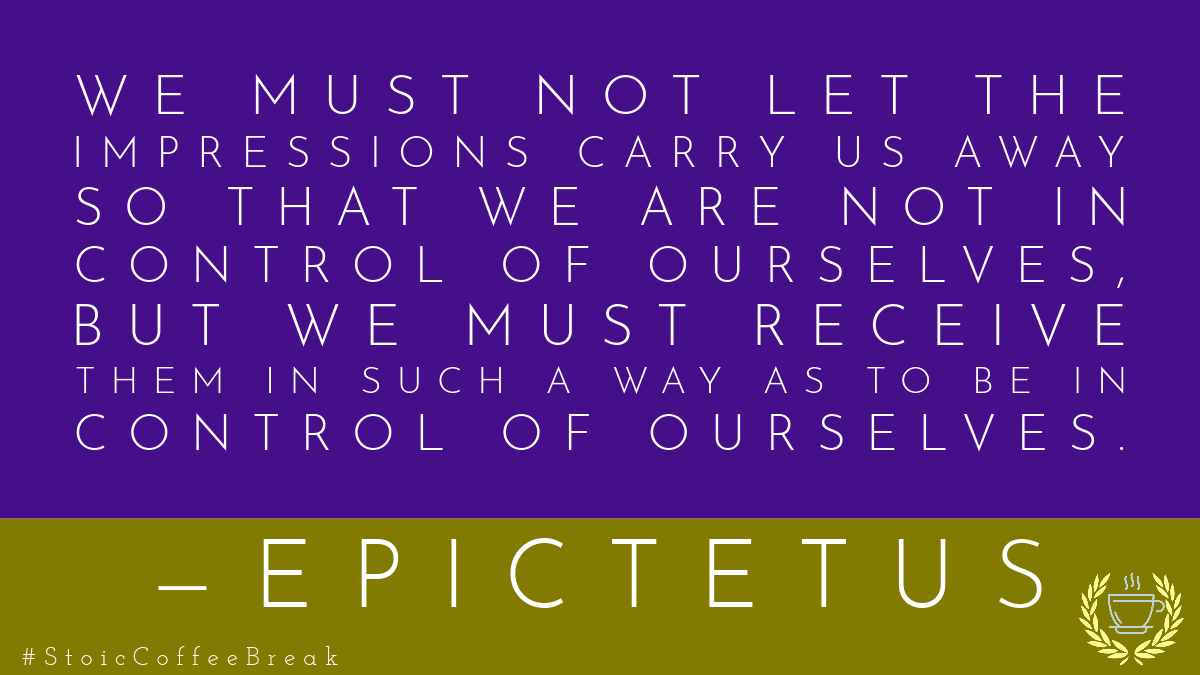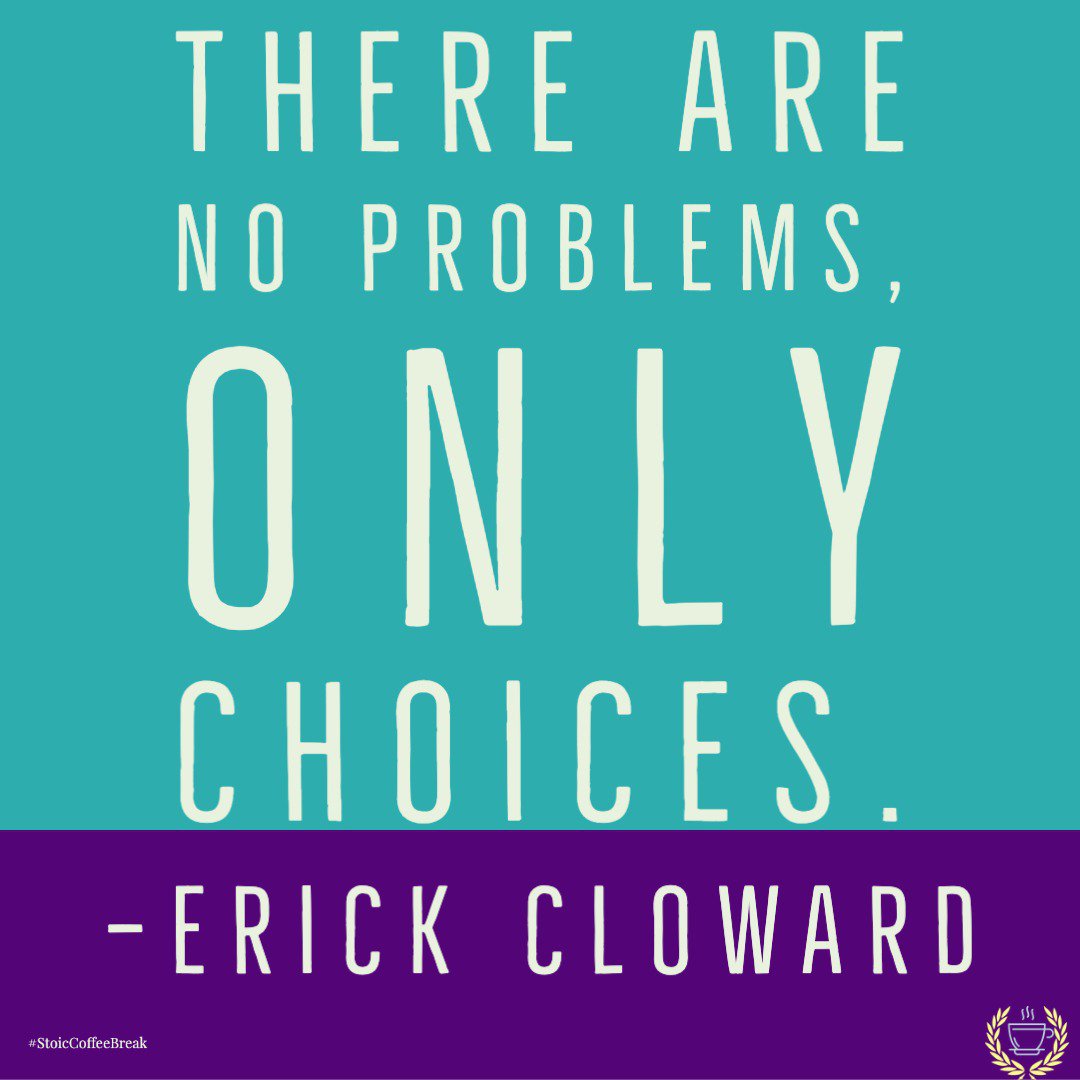Tag: problems
-

273 – The Four Types of Problems
“We must not let the impressions carry us away so that we are not in control of ourselves, but we must receive them in such a way as to be in control of ourselves.” — Epictetus Understanding the different types of problems can help you face challenges more effectively. Learn about simple, complicated, complex, and…
-

247 – There Are No Problems, Only Choices
Never let the future disturb you. You will meet it, if you have to, with the same weapons of reason which today arm you against the present. — Marcus Aurelius What if there were no problems in your life? I don’t mean that you don’t have things that are challenging, but what if, rather than…
-
140 – Circumstances Don’t Make The Man
“Circumstances don’t make the man, they only reveal him to himself.” – Epictetus How do we deal with difficulties? Do we see them as challenges or opportunities? As something that is to be suffered through, or something that teaches us who we are? In today’s episode, we’re going to talk about difficult circumstances and…